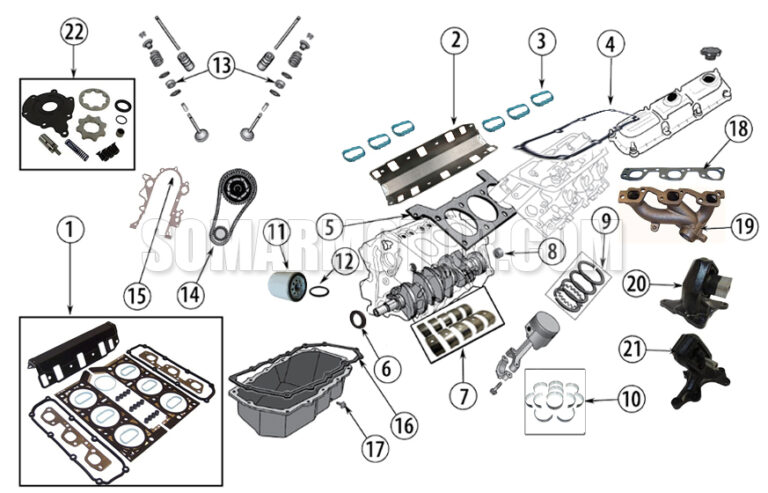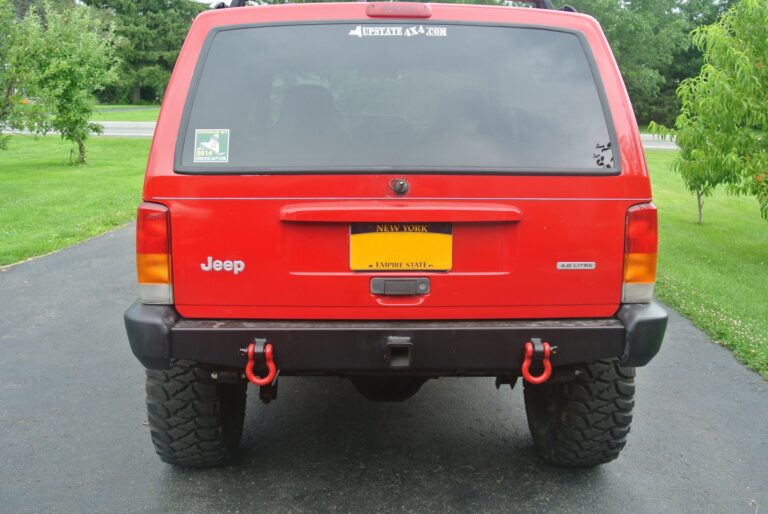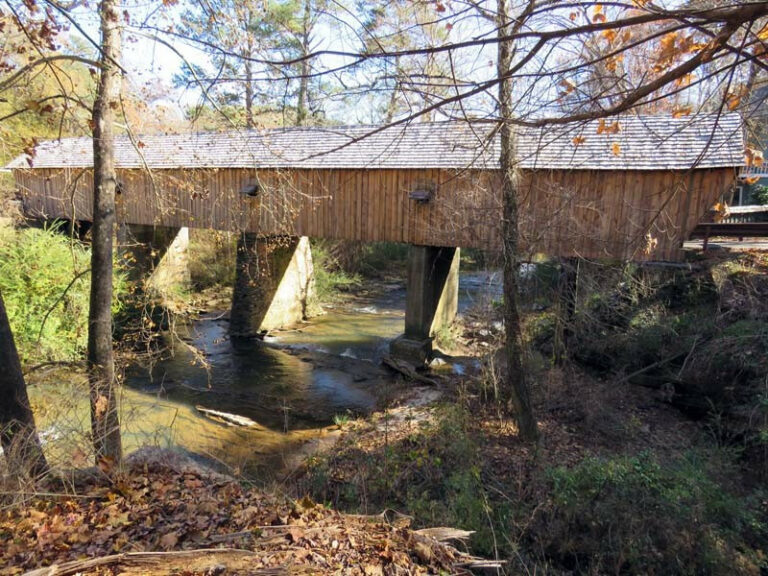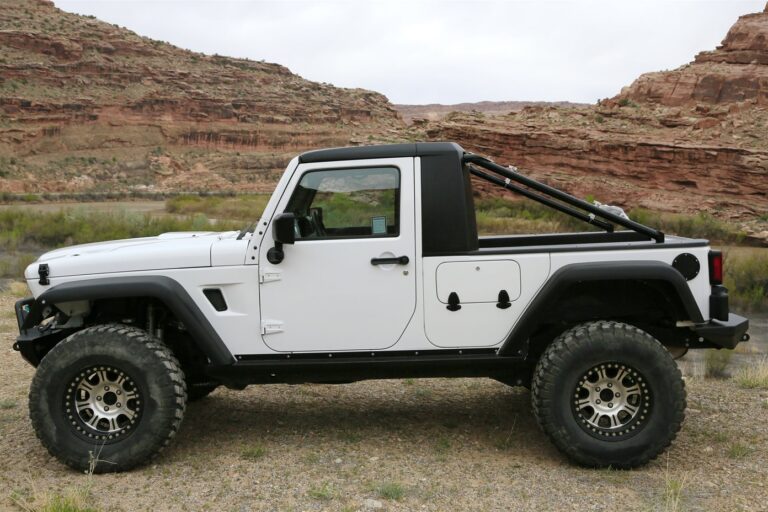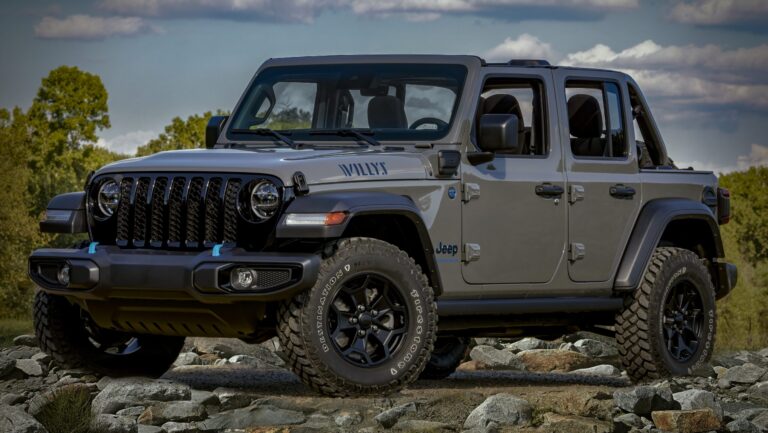1986 CJ7 Jeep For Sale: Your Ultimate Guide to Finding and Owning an American Icon
1986 CJ7 Jeep For Sale: Your Ultimate Guide to Finding and Owning an American Icon jeeps.truckstrend.com
Introduction: The Enduring Legacy of the 1986 CJ7 Jeep
For enthusiasts and collectors alike, the mention of a "1986 CJ7 Jeep For Sale" evokes a special kind of excitement. This isn’t just any old vehicle; it represents the final year of an automotive legend, the last iteration of the iconic CJ (Civilian Jeep) series before the introduction of the Wrangler (YJ). The 1986 CJ7 stands as a testament to rugged simplicity, unparalleled off-road capability, and a design that has transcended generations. Its importance lies not only in its historical significance but also in its continued relevance as a highly sought-after classic. Whether you’re a seasoned off-roader, a restoration enthusiast, or simply someone yearning for a piece of American automotive heritage, the 1986 CJ7 offers a unique blend of nostalgia, adventure, and a vibrant community. Diving into the market for one means understanding its unique characteristics, its timeless appeal, and the practical considerations involved in bringing this iconic vehicle home.
1986 CJ7 Jeep For Sale: Your Ultimate Guide to Finding and Owning an American Icon
The End of an Era: Why the 1986 CJ7 Stands Out
The Jeep CJ7, produced from 1976 to 1986, was a significant evolution from its predecessor, the CJ5. Its slightly longer wheelbase provided improved ride quality and stability without sacrificing the legendary short-wheelbase agility that made CJs so capable off-road. The 1986 model year holds particular significance as it marked the culmination of the CJ series’ production run, making it a highly collectible "last of its kind."
Under the hood, most 1986 CJ7s were powered by either the durable 2.5-liter AMC 150 inline-four or, more popularly, the robust 4.2-liter (258 cubic inch) AMC inline-six. The 258ci engine, known for its torque and reliability, is often the preferred choice for both daily driving and serious off-roading. While less common, some models might have seen aftermarket V8 swaps. Transmission options included various manual gearboxes like the T4, T5, or T176/T177, alongside the trusty TF999 automatic. Power was typically routed through the highly desirable Dana 300 transfer case, a gear-driven unit renowned for its strength and versatility, and distributed to a Dana 30 front axle and an AMC 20 rear axle. This combination of reliable powertrains and robust driveline components made the 1986 CJ7 an exceptionally capable and enduring machine. Its simple, body-on-frame construction and leaf-spring suspension further cemented its reputation as an unpretentious, go-anywhere vehicle.
Benefits of Owning a 1986 CJ7 Jeep
Acquiring a 1986 CJ7 is more than just buying a vehicle; it’s an investment in a lifestyle and a piece of history.
- Classic Appeal and Investment Potential: As the final year of the CJ, these Jeeps hold a special place in the collector’s market. Well-maintained or restored examples tend to appreciate in value, making them not just a hobby but a potential asset.
- Unparalleled Off-Road Capability: The CJ7’s compact dimensions, solid axles, excellent approach and departure angles, and proven 4WD system make it an incredibly capable off-road machine, even by modern standards. Its simplicity means fewer electronic components to fail in harsh conditions.
- Customization Heaven: The aftermarket support for CJ7s is immense. From lift kits, upgraded axles, and engine swaps to interior enhancements and exterior armor, owners can tailor their CJ7 to their exact specifications, whether for extreme off-roading, comfortable cruising, or show-quality restoration.
- Simple Mechanics and Ease of Maintenance: Unlike modern vehicles laden with complex electronics, the 1986 CJ7 is mechanically straightforward. This makes it a fantastic vehicle for DIY enthusiasts, reducing labor costs and providing a rewarding hands-on ownership experience. Parts are generally readily available.
- Vibrant Community: Owning a CJ7 connects you to a passionate and supportive global community of fellow Jeep enthusiasts. Forums, clubs, and events provide invaluable resources, camaraderie, and opportunities to share adventures.
- True Open-Air Experience: With its removable doors, fold-down windshield, and various soft top and hard top options, the CJ7 offers an unmatched open-air driving experience that connects you directly with the environment, embodying the spirit of freedom.

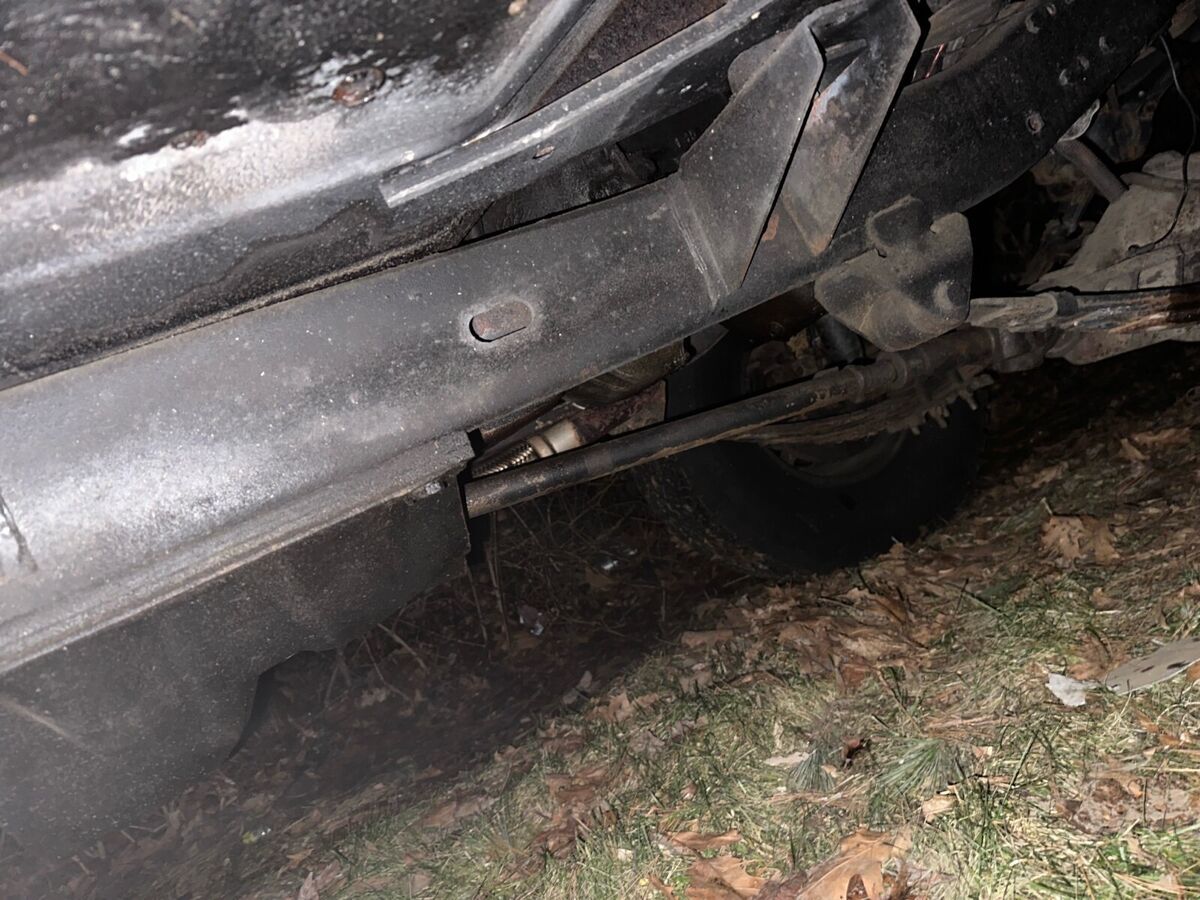
Navigating the Market: What to Look For When Buying
When searching for a 1986 CJ7 Jeep for sale, a thorough inspection is paramount. These vehicles are over 35 years old, and condition varies wildly.
- Rust, Rust, Rust: This is the single most critical factor. Inspect the frame meticulously, especially around the steering box, spring hangers, skid plate, and body mounts. Check the body panels for rust in the rocker panels, floorboards (under the carpet), wheel wells, tailgate, and windshield frame. Surface rust is manageable, but deep structural rust can be a deal-breaker or require extensive, costly repairs.
- Mechanical Condition:

- Engine: Listen for knocking, excessive smoke (blue/white), and unusual noises. Check for oil leaks.
- Transmission: Test all gears for smooth engagement and listen for grinding or slipping.
- Transfer Case: Ensure it shifts smoothly into 2WD, 4-High, and 4-Low. Listen for grinding or clunking.
- Axles: Check for leaks around the differential covers and axle seals. Listen for whining or clunking during turns or acceleration.
- Steering & Suspension: Look for excessive play in the steering wheel. Inspect ball joints, tie rods, leaf springs, and shocks for wear or damage.
- Electrical System: Older Jeeps are notorious for quirky wiring. Test all lights, gauges, wipers, and the horn. Look for frayed wires or amateur wiring jobs.
- Modifications: Many CJ7s have been modified. Assess the quality of any aftermarket parts or custom work. Are lift kits installed correctly? Are engine swaps professionally done? Poorly executed modifications can lead to safety issues and ongoing problems.
- Documentation: Ask for service records, receipts for parts, and any history of major repairs or restorations. A clear title is essential.
- Test Drive: Drive the Jeep on various terrains if possible. Pay attention to how it handles, brakes, and accelerates. Test 4WD engagement. Listen for any unusual noises or vibrations.
Types of 1986 CJ7s on the Market
Understanding the different categories of CJ7s available will help manage expectations and budgets.
- Project Jeeps: These are typically the most affordable, requiring significant mechanical, body, or frame work. They are ideal for experienced DIYers with time, tools, and a realistic budget for parts and potential professional help. Expect extensive rust and mechanical issues.
- Fair Condition: These Jeeps are often drivable but will have noticeable rust, cosmetic flaws, and require various mechanical repairs or maintenance. They are good candidates for gradual restoration or as a reliable trail rig that doesn’t need to be perfect.
- Good Condition: These are solid, largely rust-free examples with decent mechanicals and cosmetics. They might have some minor issues or tasteful modifications. This category often represents the best value for someone looking for a dependable driver with minimal immediate work.
- Excellent Condition/Restored: These are well-maintained, largely rust-free, and often partially or fully restored vehicles. They might have been tastefully upgraded or kept close to original specifications. Expect a higher price tag for these.
- Show Quality/Concours: The rarest and most expensive category, these Jeeps have undergone meticulous, professional, frame-off restorations to original specifications or to a very high standard of customization. They are often trailered to shows rather than driven off-road.
Tips for a Successful Purchase
- Set a Realistic Budget: Beyond the purchase price, factor in immediate repairs, routine maintenance, insurance, and potential upgrades. A contingency fund is crucial.
- Get a Pre-Purchase Inspection (PPI): If you’re not an expert, hire a reputable mechanic specializing in older 4x4s or classic vehicles to perform a thorough inspection.
- Join Online Forums and Local Clubs: Leverage the knowledge of experienced CJ7 owners. They can offer advice, recommend mechanics, and even help you find a suitable vehicle.
- Patience is Key: Don’t rush into a purchase. The right CJ7 for your needs and budget will eventually appear.
- Negotiate: Based on your inspection findings, always be prepared to negotiate the price.
- Consider Transportation: If buying out of state, factor in the cost and logistics of transporting the vehicle.
Potential Challenges and Solutions
Owning an older vehicle like a 1986 CJ7 comes with its unique set of challenges, but most have practical solutions.
- Rust: The most pervasive issue. Solutions range from localized rust repair (welding new metal, panel replacement) to full frame-off restorations or even body and frame swaps from rust-free donor vehicles. Regular cleaning and rust-proofing are essential for prevention.
- Aging Components: Expect parts like bushings, seals, and hoses to wear out. Proactive maintenance and replacement with quality aftermarket or OEM-style parts will keep your CJ7 reliable.
- Fuel Economy: CJ7s, especially those with the 4.2L engine, are not fuel-efficient. Embrace it, or consider modern engine swaps (e.g., 4.0L HO inline-six or V8) for improved power and efficiency.
- Lack of Modern Safety Features: CJ7s lack airbags, ABS, and stability control. Drive defensively, and consider upgrades like improved brakes, seatbelts, or even aftermarket roll cages for enhanced safety.
- Finding Specific Parts: While common wear items and aftermarket parts are abundant, specific OEM interior pieces or unique trim can be harder to source. Online communities, specialized salvage yards, and reproduction parts manufacturers are valuable resources.
- Insurance: Standard insurance might be expensive or difficult to obtain for highly modified or show-quality vehicles. Look into classic car insurance providers who understand the unique value of these vehicles.
1986 CJ7 Jeep Estimated Price Guide
The price of a 1986 CJ7 Jeep can vary dramatically based on condition, modifications, location, and overall originality. This table provides a general guideline:
| Condition Category | Estimated Price Range (USD) | Key Characteristics & Notes |
|---|---|---|
| Project / Parts Vehicle | $3,000 – $8,000 | Significant rust (frame, body), major mechanical issues (non-running or barely running), incomplete, requires extensive restoration. Best for experienced mechanics/restorers with substantial budget and time. |
| Fair Condition | $8,000 – $15,000 | Drivable but with noticeable rust (surface/minor body), cosmetic flaws (dents, faded paint, worn interior), and mechanical issues needing attention (leaks, worn suspension, minor electrical). Good for a driver that will be used off-road or a rolling restoration. |
| Good Condition | $15,000 – $25,000 | Largely rust-free frame, minimal body rust, solid mechanics, decent paint and interior. May have some tasteful, quality modifications (e.g., small lift, upgraded carburetor). A reliable driver that can be enjoyed immediately with minimal work. |
| Excellent Condition | $25,000 – $40,000 | Very little to no rust, strong running engine and drivetrain, excellent paint and interior, often well-maintained or recently partially restored. May have high-quality, period-correct or performance-oriented modifications. Ready for show or serious trail use. |
| Show Quality / Concours | $40,000 – $70,000+ | Meticulously restored to original specifications or custom built to an exceptionally high standard. Frame-off restoration, perfect paint, flawless interior, fully rebuilt mechanics. Often trailered to shows. Price varies significantly based on originality, rarity of options, and quality of restoration. |
Note: Prices are estimates and can fluctuate based on market demand, specific engine/transmission configuration (e.g., 4.2L vs. 2.5L, manual vs. auto), presence of hardtop/doors, and geographic location. Heavily modified rigs with high-end components can also command higher prices.
Frequently Asked Questions (FAQ) about the 1986 CJ7 Jeep
Q: What’s the main difference between a 1986 CJ7 and a YJ (Wrangler)?
A: The 1986 CJ7 is the last of the original CJ series with traditional round headlights, a simple dashboard, and a more rugged, utilitarian feel. The YJ (1987-1995 Wrangler) introduced square headlights, a wider stance, a slightly more refined interior, and eventually the 4.0L engine. Many purists prefer the classic CJ aesthetic and simplicity.
Q: Are parts hard to find for a 1986 CJ7?
A: Generally, no. Thanks to the CJ’s popularity and the robust aftermarket, most mechanical and body parts are readily available from various suppliers. Some specific OEM interior or trim pieces might require more searching, but the common wear items are plentiful.
Q: How much does it cost to maintain a CJ7?
A: Maintenance costs can vary. If you buy a well-maintained CJ7, routine maintenance is relatively inexpensive due to simple mechanics. However, if you purchase a project or a neglected vehicle, expect to invest significantly in repairs and upgrades. Budget for common issues like rust remediation, fluid changes, and suspension component replacement.
Q: Can a 1986 CJ7 be a reliable daily driver?
A: While possible, it depends heavily on the vehicle’s condition and your tolerance for older vehicle quirks. A well-restored or meticulously maintained CJ7 can be a decent daily driver, but it won’t offer the comfort, fuel economy, or safety features of a modern car. Many owners prefer to use them as weekend cruisers or dedicated off-roaders.
Q: What’s the best engine for a CJ7?
A: The stock 4.2L (258ci) inline-six is highly regarded for its torque and durability. For more power and modern reliability, many owners swap in the 4.0L HO engine from later Wranglers/Cherokees or even V8 engines. The "best" depends on your intended use and budget.
Q: What should I do first after buying a CJ7?
A: A thorough inspection is crucial. Change all fluids (engine oil, transmission, transfer case, differentials, coolant, brake fluid). Inspect brakes, tires, and all suspension components. Address any immediate safety concerns. A good detail and rust proofing are also recommended.
Q: Is the AMC 20 rear axle strong enough for off-roading?
A: The AMC 20 is generally adequate for light to moderate off-roading, but its two-piece axle shaft design is a known weak point under heavy stress. Many serious off-roaders upgrade to one-piece axle shafts or swap in stronger axles like a Dana 44 or Ford 8.8.
Conclusion: Embracing the CJ7 Lifestyle
The 1986 CJ7 Jeep for sale market is a vibrant landscape for those seeking more than just transportation; they’re looking for a connection to an iconic past and a future filled with adventure. This vehicle embodies a spirit of freedom, rugged individuality, and mechanical simplicity that is increasingly rare in the automotive world. While owning a classic CJ7 comes with its considerations—primarily rust and the need for ongoing maintenance—the rewards far outweigh the challenges.
From its legendary off-road prowess and endless customization possibilities to the strong community it fosters, the 1986 CJ7 is more than just a 4×4; it’s a statement. It’s a vehicle that sparks conversations, turns heads, and offers an authentic driving experience unlike any other. Whether you dream of conquering trails, cruising with the top down, or meticulously restoring a piece of history, the final-year CJ7 offers a unique journey. Invest wisely, maintain diligently, and embrace the unparalleled joy of owning this truly American icon.

